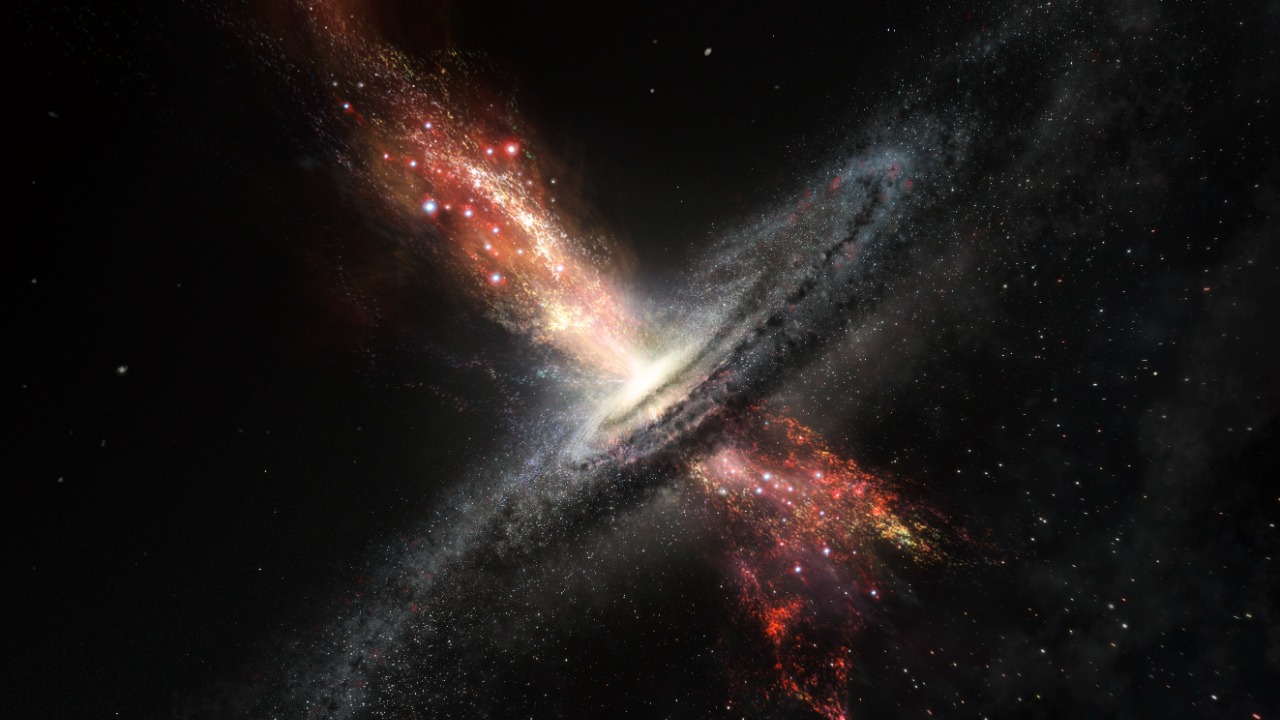
Astronomers have confirmed the existence of the first known rogue black hole wandering through our galaxy, a discovery that could provide new insights into the elusive nature of dark matter within the Milky Way. This breakthrough builds on earlier findings, such as the 2016 discovery of a galaxy composed almost entirely of dark matter, highlighting how dark matter dominates structures that may mirror those in our own cosmic backyard. Meanwhile, the Magellanic Clouds, the Milky Way’s brightest satellite galaxies, offer a nearby vantage point for studying dark matter’s gravitational effects up close.
Discovering a Galaxy Dominated by Dark Matter
In 2016, astronomers announced the discovery of a new galaxy that is 99.99% dark matter, a finding that challenges conventional models of cosmic structure formation. This ultra-faint dwarf galaxy, identified through advanced observational techniques, contains minimal ordinary matter, making it an exceptional case for studying the role of dark matter in holding galaxies together. The implications of this discovery are profound, as it provides a benchmark for identifying similar dark matter-heavy systems potentially lurking within our own galaxy. For more details, see the Popular Mechanics report.
The techniques used to detect this galaxy involved analyzing its gravitational effects on surrounding celestial bodies, a method that underscores dark matter’s significant influence despite its invisibility. This discovery not only enhances our understanding of dark matter’s role in the universe but also suggests that similar galaxies could exist closer to home, offering new avenues for research and exploration.
The Rogue Black Hole Roaming the Milky Way
On April 22, 2025, astronomers confirmed the existence of the first known rogue black hole in our galaxy, detected through gravitational microlensing effects. Unlike dark matter, this black hole is composed of ordinary matter, yet its solitary journey through the Milky Way provides valuable clues about the galaxy’s unseen mass. The Syfy Wire article details how the Hubble Space Telescope played a crucial role in verifying this discovery, highlighting its potential to map dark matter distribution in our galactic neighborhood.
While the rogue black hole itself is not a candidate for dark matter, its detection showcases the advanced techniques used to identify massive objects that do not emit light. These methods could be instrumental in future dark matter research, as they allow scientists to infer the presence of unseen mass through its gravitational effects on visible matter.
Could Dark Matter Host Extraterrestrial Life?
The intriguing question of whether dark matter could harbor life has been a topic of speculation since 2019. Theoretical models suggest that self-interacting dark matter particles might form complex structures capable of supporting biological processes. According to a Nautilus article, the vast quantity of dark matter in our galaxy could potentially enable hidden ecosystems invisible to ordinary light-based detection.
Testing these ideas presents significant challenges, primarily because dark matter does not interact with electromagnetism, making it difficult to detect any life forms that might exist within it. However, the potential implications of such discoveries are enormous, as they could redefine our understanding of life in the universe and expand the search for extraterrestrial life beyond the confines of visible matter.
Dark Matter Insights from the Magellanic Clouds
The Magellanic Clouds, the Milky Way’s brightest satellite galaxies, serve as natural laboratories for studying dark matter’s gravitational pull on stellar populations. These irregular dwarf galaxies, located about 160,000 light-years away, are rich in dark matter, which influences their tidal interactions with the Milky Way. Observations from November 2020 reveal how these galaxies provide direct evidence of dark matter streams bridging them to our galaxy’s halo. For more information, refer to the Astronomy article.
The proximity of the Magellanic Clouds allows astronomers to study dark matter’s effects in detail, offering insights into how it shapes the dynamics of galaxies. By analyzing these interactions, scientists can better understand the distribution and behavior of dark matter, contributing to a more comprehensive picture of the universe’s fundamental structure.